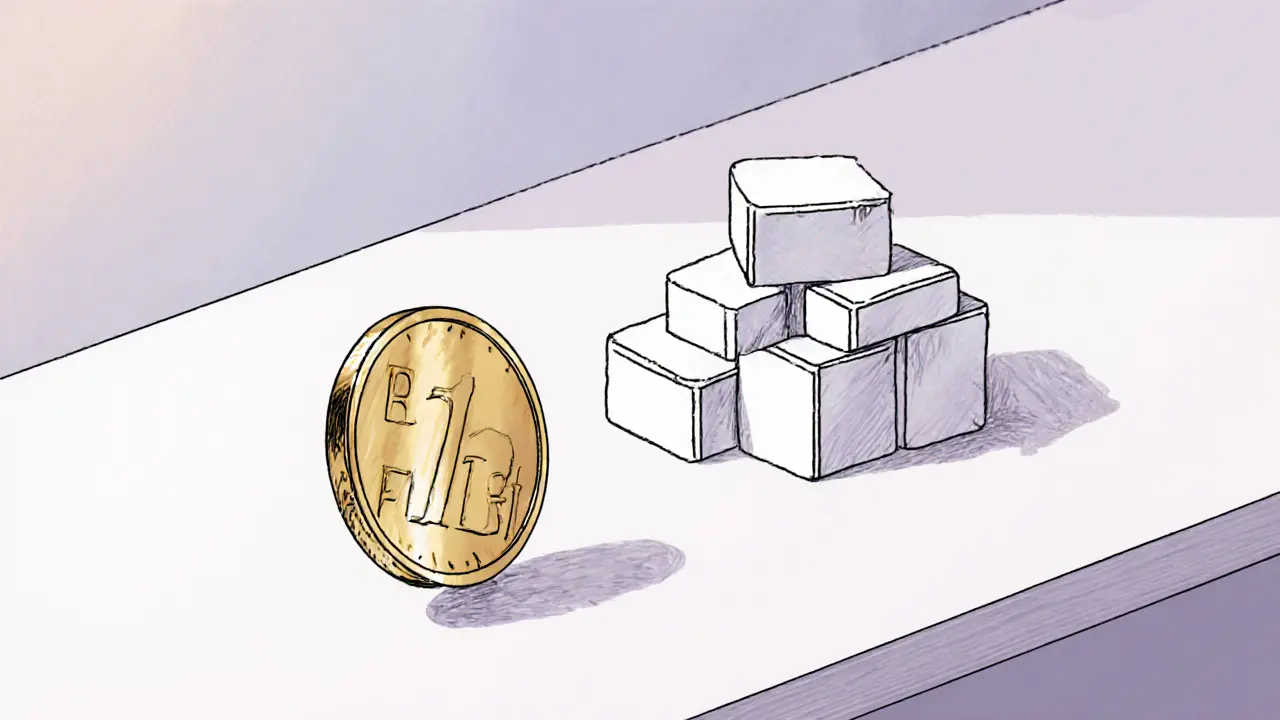ERC-1155 Token Standard: All You Need to Know
When working with ERC-1155, a multi‑token standard on Ethereum that lets a single contract manage both fungible and non‑fungible assets. Also known as Multi‑Token Standard, it simplifies asset creation and reduces gas costs. The ERC-1155 standard is reshaping how creators issue assets.
Another core concept linked to ERC-1155 is the Non‑Fungible Token (NFT), a unique digital item that cannot be exchanged on a one‑to‑one basis. NFTs have exploded in art, collectibles, and gaming, and they rely on token standards like ERC-721 and ERC-1155 to exist on blockchains. Because ERC-1155 can bundle many NFTs in one transaction, it cuts fees and speeds up minting—a win for artists and developers alike.
Ethereum itself is the host platform for both ERC-1155 and NFTs. As a public, permissionless blockchain, Ethereum provides the execution environment for smart contracts that enforce token rules. The relationship is simple: ERC-1155 requires smart contract logic on Ethereum, and Ethereum enables the standard's security guarantees. This interplay lets developers write a single contract that handles dozens of token types, from game items to stablecoins.
Why ERC-1155 Matters for Gaming and Marketplaces
Game studios love ERC-1155 because it treats in‑game swords, skins, and gold as just different IDs inside one contract. This reduces the number of deployments, saves developers time, and dramatically lowers gas fees for players swapping items. Marketplaces that list both fungible tokens (like utility coins) and NFTs can use a single API to query balances, making integration smoother. In practice, a player could buy a loot box that contains multiple NFTs and a small amount of an in‑game currency—all in one transaction.
Beyond gaming, DeFi protocols use ERC-1155 to represent collateralized assets that have both fungible and non‑fungible traits. For example, a liquidity provider might stake a pool token (fungible) alongside a rare NFT that grants extra voting power. This hybrid approach expands the design space for financial products, showing that ERC-1155 encompasses both asset classes.
Developers often turn to OpenZeppelin’s library when building ERC-1155 contracts. The library supplies battle‑tested code for minting, batch transfers, and URI handling, which reduces security risk. Tools like Hardhat or Remix let you test the contract locally before deploying to Ethereum’s mainnet or a layer‑2 solution such as Polygon, where transaction costs are even lower. This ecosystem support makes the standard accessible to both seasoned engineers and hobbyists.
From a user perspective, wallets like MetaMask now display ERC-1155 tokens alongside ERC-20 and ERC-721 assets. When you receive a batch of items, the wallet shows a single entry with a count, preventing clutter. This user‑friendly view encourages broader adoption because people don’t need to understand the technical details to interact safely.
Looking ahead, the rise of play‑to‑earn and metaverse projects will likely push ERC-1155 usage even further. As more creators experiment with hybrid assets—think a token that acts as both a ticket and a collectible—the need for a flexible, gas‑efficient standard grows. The standard also aligns well with upcoming Ethereum upgrades that aim to improve scalability, meaning future transactions could be even cheaper.
All this context sets the stage for the articles below. You'll find deep dives into specific ERC-1155 projects, step‑by‑step guides on minting your own multi‑token collection, and analysis of how the standard interacts with emerging trends like NFTs, DeFi, and gaming. Dive in to see practical examples, learn best practices, and stay ahead of the curve.

ERC-721 vs ERC-1155: In-Depth Comparison of NFT Token Standards
A side‑by‑side look at ERC‑721 and ERC‑1155 token standards, covering gas costs, security, use cases, and implementation trade‑offs to help you choose the right NFT framework.
